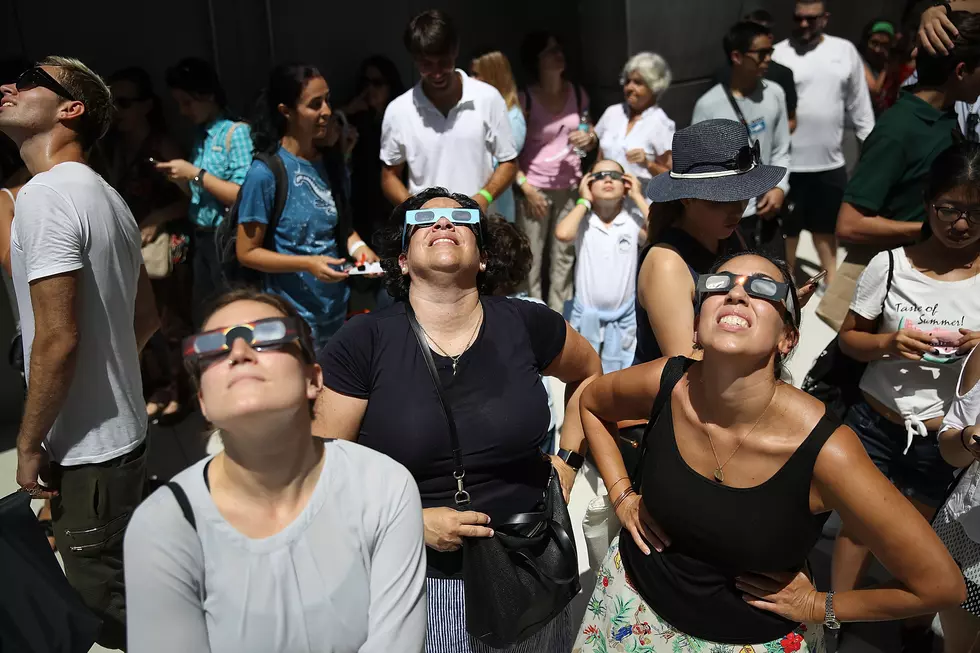
The Historic Texas Eclipse is Over: What do you do with those Glasses?

The 2024 total solar eclipse is now over, and some might say amen. But people were scrambling for weeks to get those coveted solar eclipse glasses to be able to view the eclipse safely. Channel 3 gave away free glasses, and when their first shipment ran out, there were dozens of people lined up outside the front door the day their second batch arrived.
But now that the eclipse is history, what do you do with those solar glasses? If you're like me, you're not comfortable just 'tossing' something that's perfectly good. But there are a few options for you.
Keep Your Glasses as a Souvenir
For those looking to reuse the eclipse glasses on your next solar eclipse chase, it's important to note that they can be reused as long as the glasses are in compliance with the ISO 12312-2 safety standard, according to Eclipse2024.org.
You also want to save them where they won't get any scratches, puntures or tears that would render them unsafe for the next eclipse. It'll be quite a while before the U.S. gets to see a total solar eclipse like the one millions experienced Monday.
Recycle Your Glasses
If you have limited storage space, and are not looking to keep your solar eclipse glasses as memorabilia, another option you may have is to recycle them. It's important to note that the lens of the glasses are not recyclable, so you have to remove them before recycling the glasses. But the arms of the eclipse viewing glasses are typically made out of cardboard, which can be recycled.
The Next Solar Eclipse
You might not realize, but full solar eclipses actually happen every two or three years, but it's usually off in the middle of nowhere like the South Pacific or Antarctic. The next total solar eclipse, in 2026, won't be anywhere near us, but will be around Greenland, Iceland and Spain.
North America won’t experience totality in a solar eclipse again until 2033, which will up in Alaska. (Which is ironic when the sun never really sets there(?))
The next full eclipse for North America won't occur until 2044. The famed Path of Totality will be confined to Western Canada, Montana and North Dakota.
There won’t be another U.S. eclipse spanning coast-to-coast until 2045. That one will stretch from Northern California all the way to Cape Canaveral, Florida.
How Much Are Crawfish in Shreveport?
Top Paying Cities in Texas and Louisiana for Registered Nurses
More From News Radio 710 KEEL









